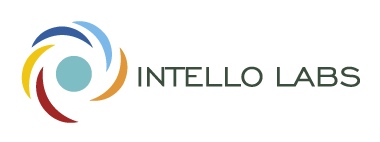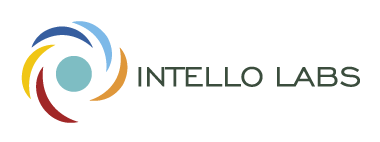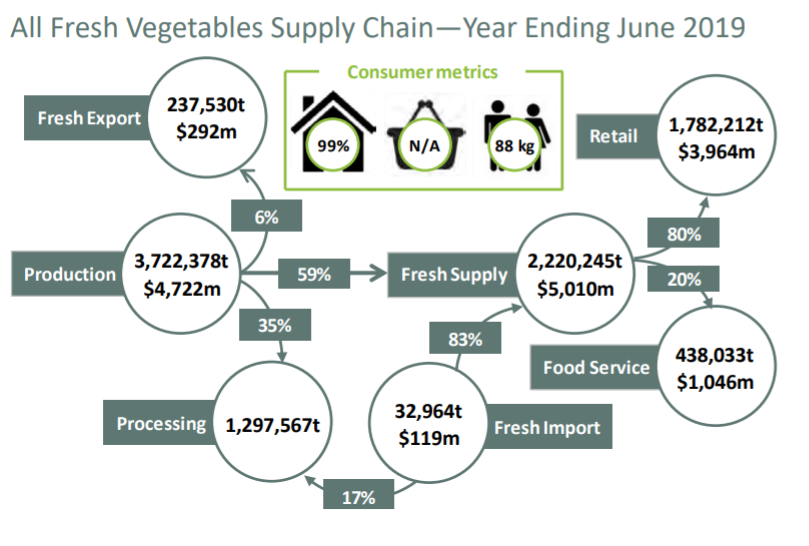The approach to quality control hasn’t changed. The entire fresh produce supply chain performs it in the same way as it did several decades back.
A grower, a picker, or an inspector manually checks for size, compares the color palette, and then uses very biased human judgment to make a final decision. 80% of them will pencil it in a piece of paper. Some may even make an effort to type it up in a clumsy, bulky, and error-prone Excel sheet.
The problem with it is that the process is subjective and inconsistent.
And keep in mind that produce quality inspections are iterative. They occur six to eight times in the supply chain, on a sample level. There is a post-harvest inspection before a lot is sorted and packaged.
Then there is an inspection before shipping, for instance, to a distribution center. At this stage, produce is monitored at the receiving dock. And finally, at the outbound dock just before it is sent to the final destination.
So, quality processes also become expensive.
Manual tests are labor-intensive & time-hungry
QC is a costly affair, not just because the inspection occurs at multiple stages but also because they require labor and time investment.
Take, for example, any leading U.S. Foodservice distributor with centers spread across the country. Each DC will have at least one produce inspector.
The inspector’s role is to ensure the quality of produce meets the company specifications at three levels:
- When it’s received from suppliers (which can be multiple).
- Stored in the warehouse.
- Shipped to customers.
Further, they have to be conversant with food safety principles and capable enough to maintain inspection records.
Training one person to do all these jobs takes up to 2 years of shadowing. That’s a hefty investment. Couple this with the high attrition rate, and the cost jumps higher. Now multiply the expense times 50 (total number of DCs) and the cost to the company is massive!
Digitizing quality reduces labor-dependence, time, and hence cost.
Now, if you were to use a technology that automatically identifies, gathers, and analyzes produce quality, you’d:
- cut cost
- save time
- get objective and consistent quality standards
How’s that possible?
First, you don’t have to spend time training produce inspectors. You simply enter your quality specifications into the tech, and it performs the job. By the way, you can blue-sky the specs.
Because the application also assesses quality faster than a person, it increases your productivity. It also automatically captures all necessary information in real-time. The high-quality data turns into a permanent record that anyone can track and manage.
Lastly, the tech delivers insight based on the data, helping you make profitable decisions and smoke out favorable revenue opportunities.
But best of all? The tech is an indispensable quality training tool that any food business can use.

Ronnie, a fresh produce supply chain expert, has partnered with Intello to implement new go-to-market strategies for the US market. You can connect with him on LinkedIn



.png)


